Wonderful summer views of the Tuscan hills
2021
You may also like
2021
Lucca, Tuscany. The church of San Giusto
The church of San Giusto is a church in Lucca located in the square of the same name. The current building, built on a previous one, dates back to the second half of the 12th century.
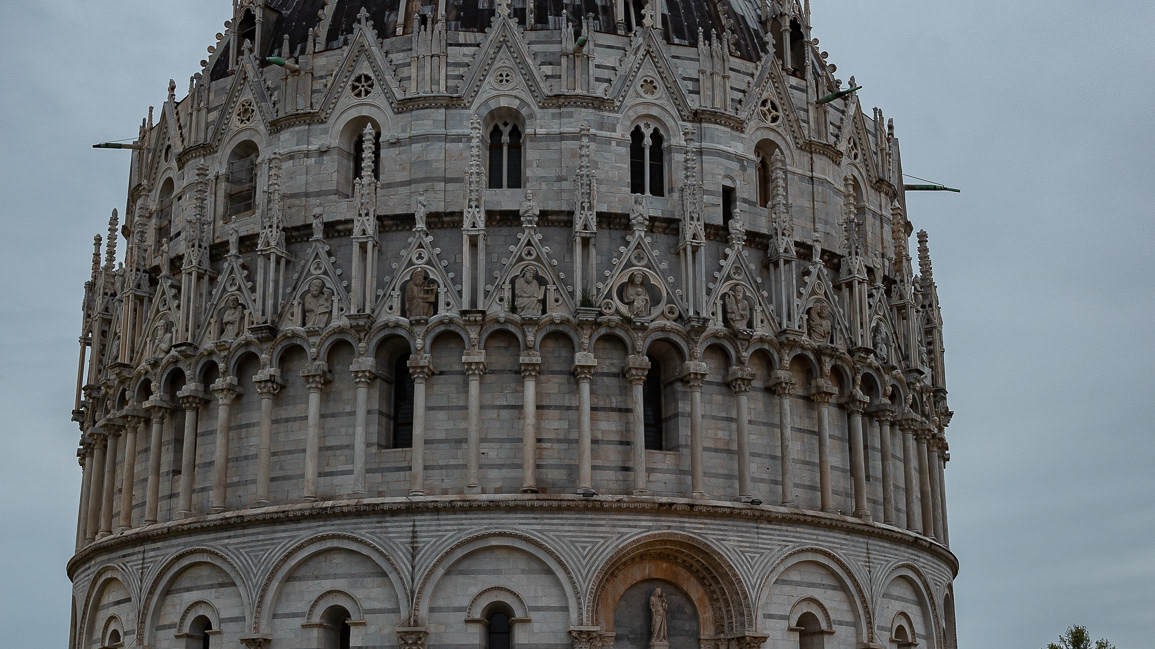
2021
Pisa, The baptistery of San Giovanni
the baptistery of San Giovanni is one of the monuments in the Piazza dei Miracoli, in Pisa; it rises in front of the western facade of the cathedral of Santa Maria Assunta, south of the monumental cemetery. It is the largest baptistery in Italy, and also in the world: its circumference measures 107.24 m, while the width of the masonry at the base is 263 cm (2 meters and 63 cm), for a height of 54 meters and 86 centimeters. The construction of the building began in the mid-twelfth century: "1153 mense Augusti fundata fuit haec ...", or "In the month of August 1153 it was founded ..." (1153 in the Pisan calendar corresponds to 1152). It replaces an earlier, smaller baptistery which was located north-east of the Cathedral, where the Camposanto is now located. It was built in Romanesque style by an architect who signed himself «Diotisalvi magister…» in a pillar inside the building. Later Nicola and Giovanni Pisano were also foremen of the yard, as well as Cellino di Nese. In the nineteenth century, at the same time as a renewal that affected the entire Piazza del Duomo and its monuments, the baptistery was subject to a radical restoration by the architect Alessandro Gherardesca, with interventions that led to the reconstruction of some portals and a large part of the decorative apparatus. Despite the denunciations of some intellectuals and prominent personalities of the Pisan culture of the time, such as Carlo Lasinio, the works, directed by the master builder Giovanni Storni, led to the removal of numerous sculptures by Nicola and Giovanni Pisano. The statues, placed at the top of the first order above and inside the vimpergas, were replaced with works that did not imitate the medieval taste, while the original sculptures were almost all lost except for those now exhibited at the Museo dell'Opera del Duomo. The intervention should have also extended inside, with the creation of frescoes in the central basin, but the project was not concretized and was essentially limited to the removal of non-medieval furnishings and the installation of new windows.
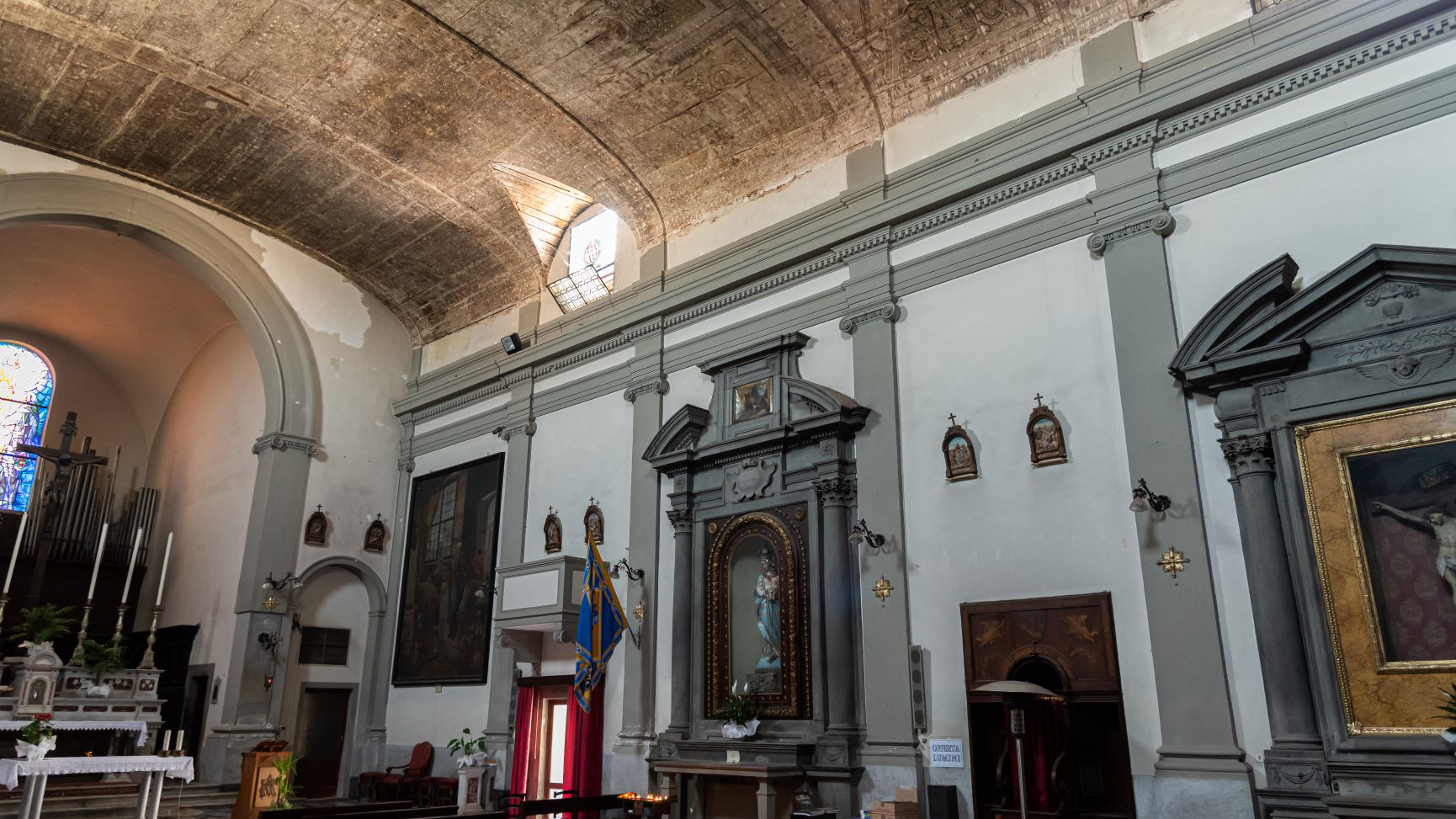
2021
Fucecchio. Franciscan Convent of the Virgin
It was built in the early seventeenth century. Instead of a small sixteenth-century oratory, a church and a convent were built, which in the mid-seventeenth century became a Franciscan.
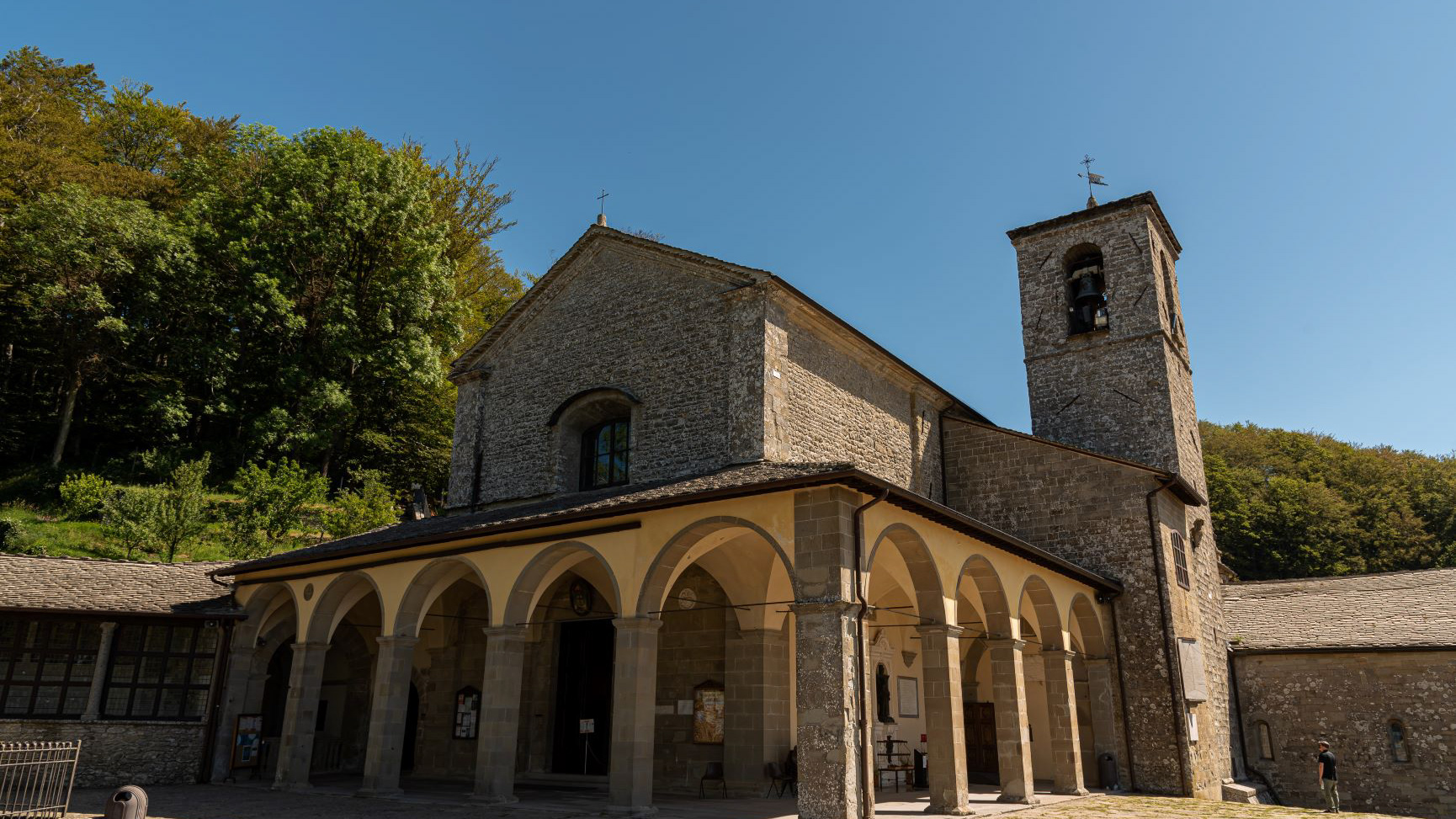
2021
The Franciscan sanctuary of La Verna.
The Franciscan sanctuary of La Verna (province of Arezzo) is famous for being the place where St. Francis of Assisi received the stigmata on September 16, 1224.
2021
San Gimignano. The church of Sant'Agostino
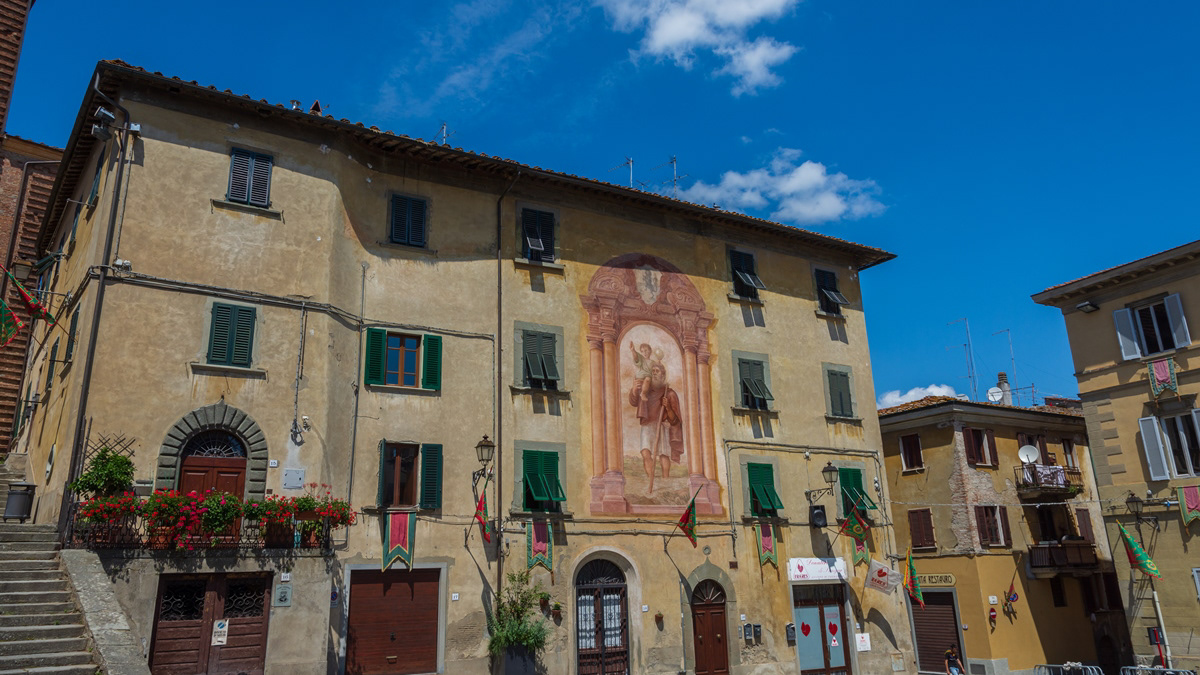
2018
Fucecchio
Fucecchio (pronounced / fuˈʧekkjo /; fučékki̯o, Ficeclum in Latin) is an Italian town of 23,343 inhabitants in the metropolitan city of Florence in Tuscany, in the lower Valdarno. The Municipality is located on the right bank of the Arno river, on the border between the metropolitan city of Florence and the provinces of Pisa, Lucca and Pistoia and near the wet area of the Fucecchio Marsh. Its territory covers an area of 65 km², on average around 25 m s.l.m .; the town extends partly lying on a hill, which since ancient times has taken the name of "Poggio Salamartano", and for the most part in the flat area on its slopes. About 45 kilometers from Florence and 38 from Pisa, included in the Leather District, borders to the north with the municipalities of Chiesina Uzzanese and Ponte Buggianese, to the east with the municipalities of Larciano and Cerreto Guidi, to the south with the municipality of San Miniato and to the west with the municipalities of Santa Croce sull'Arno, Castelfranco di Sotto and Altopascio. The toponym is attested for the first time in 1027 [5] as "Ficiclo", "Ficecli" and "Ficecchio" and derives from the Latin ficetulum with the meaning of "wood of fig, place of figs ".
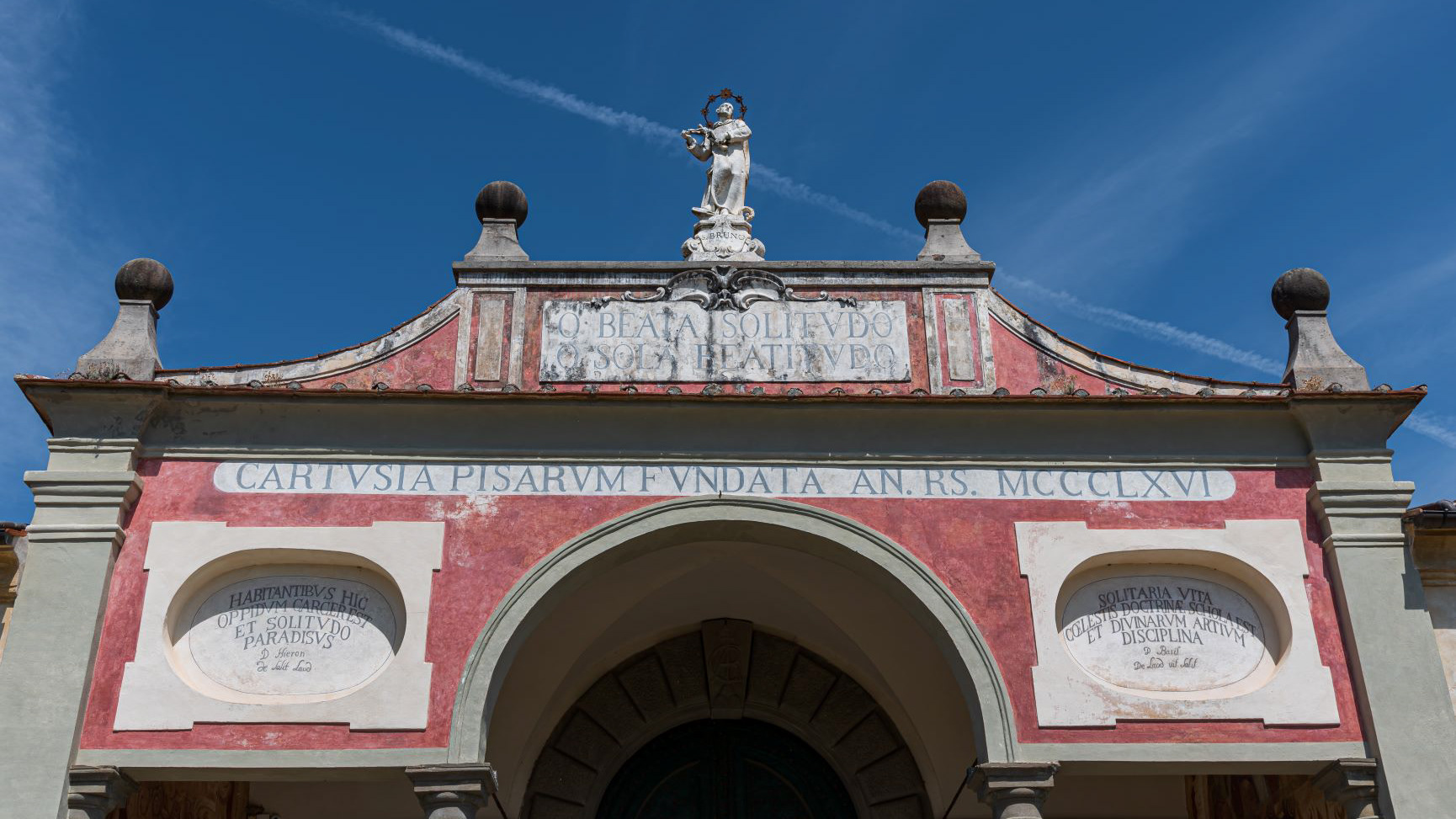
2021
Calci. The Charterhouse of Val Graziosa
The Certosa della Val Graziosa di Calci, commonly known as the Certosa di Pisa or also the Certosa di Calci, is located in the province of Pisa, in the municipality of Calci, in a flat area on the slopes of the Pisan mountains called "Val Graziosa".
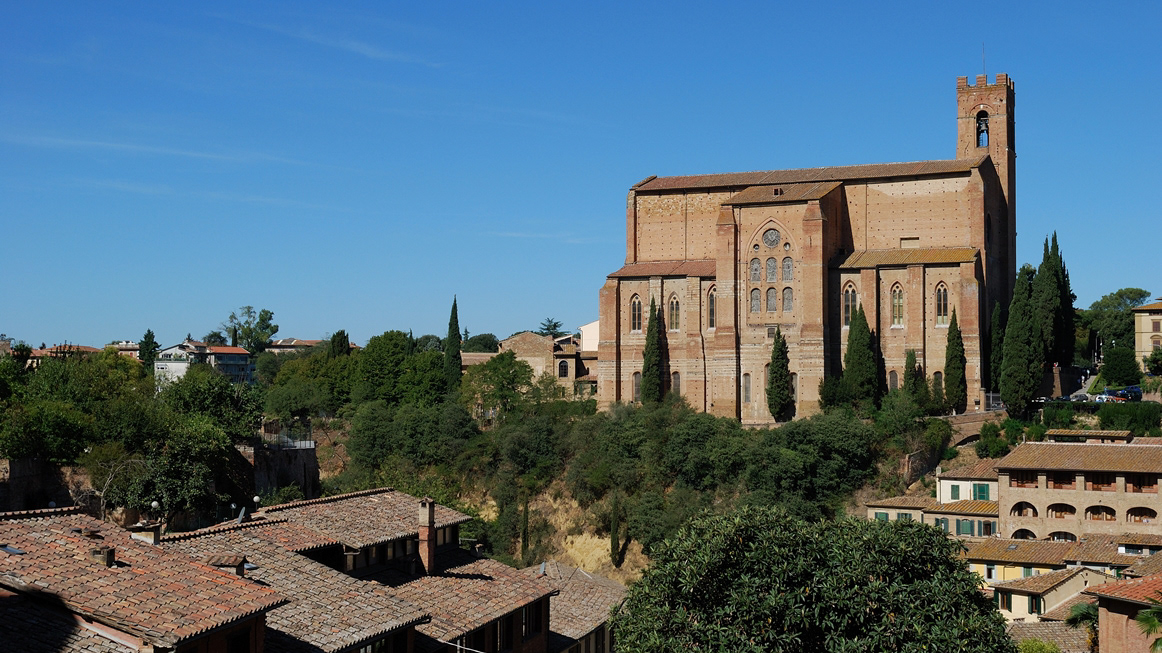
2007
Siena
Siena is an Italian town of 53 818 inhabitants, the capital of the province of the same name in Tuscany. The city is universally known for its huge historical, artistic and landscape heritage and for its substantial stylistic unity of medieval urban furniture, as well as for the famous Palio. In 1995 its historic center was included in the UNESCO World Heritage Site. The city is home to the Banca Monte dei Paschi di Siena, founded in 1472 and therefore the oldest bank in business as well as the longest-running in the world.
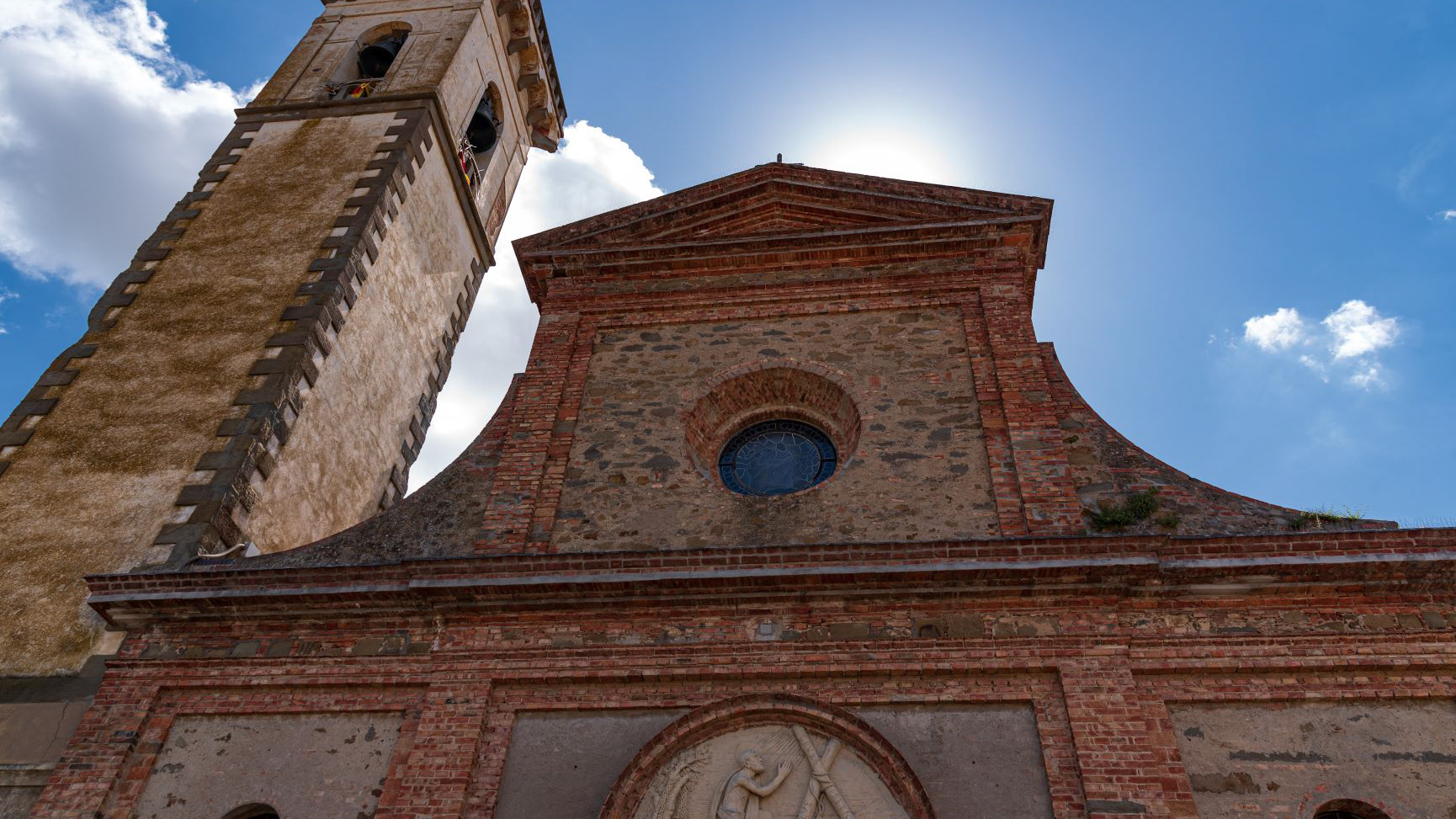
2021
Vinci. Church of Santa Croce
Of thirteenth-century origin, restored several times, it no longer retains the original structure. The neo-Renaissance style works carried out in the years 1925-1935 gave it its current appearance.
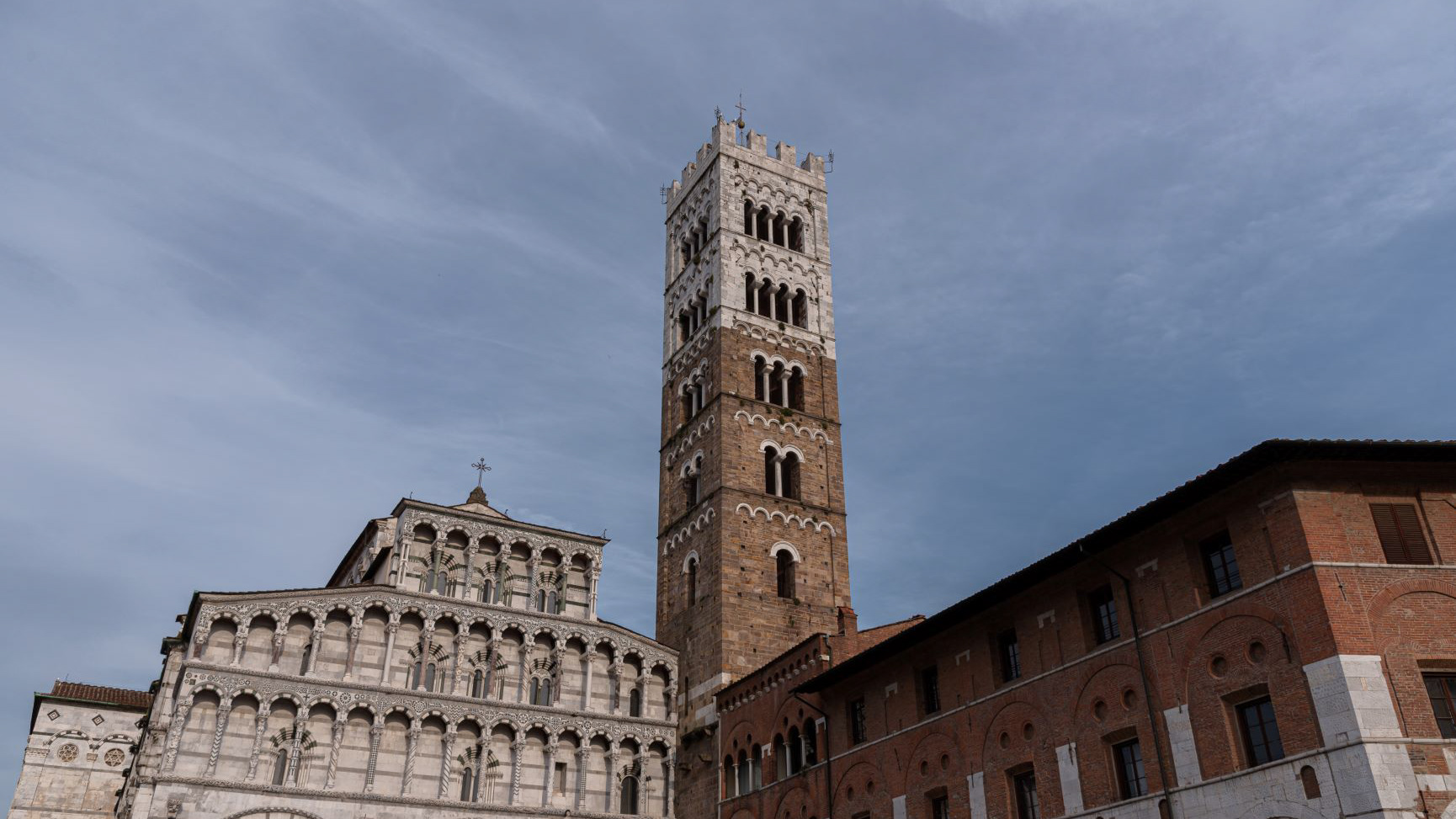
2021
Lucca. The Cathedral of San Martino
The Cathedral of San Martino is the main Catholic place of worship in the city of Lucca. According to tradition, the cathedral was founded by San Frediano in the sixth century, then rebuilt by Anselmo da Baggio, bishop of the city, in 1060.
